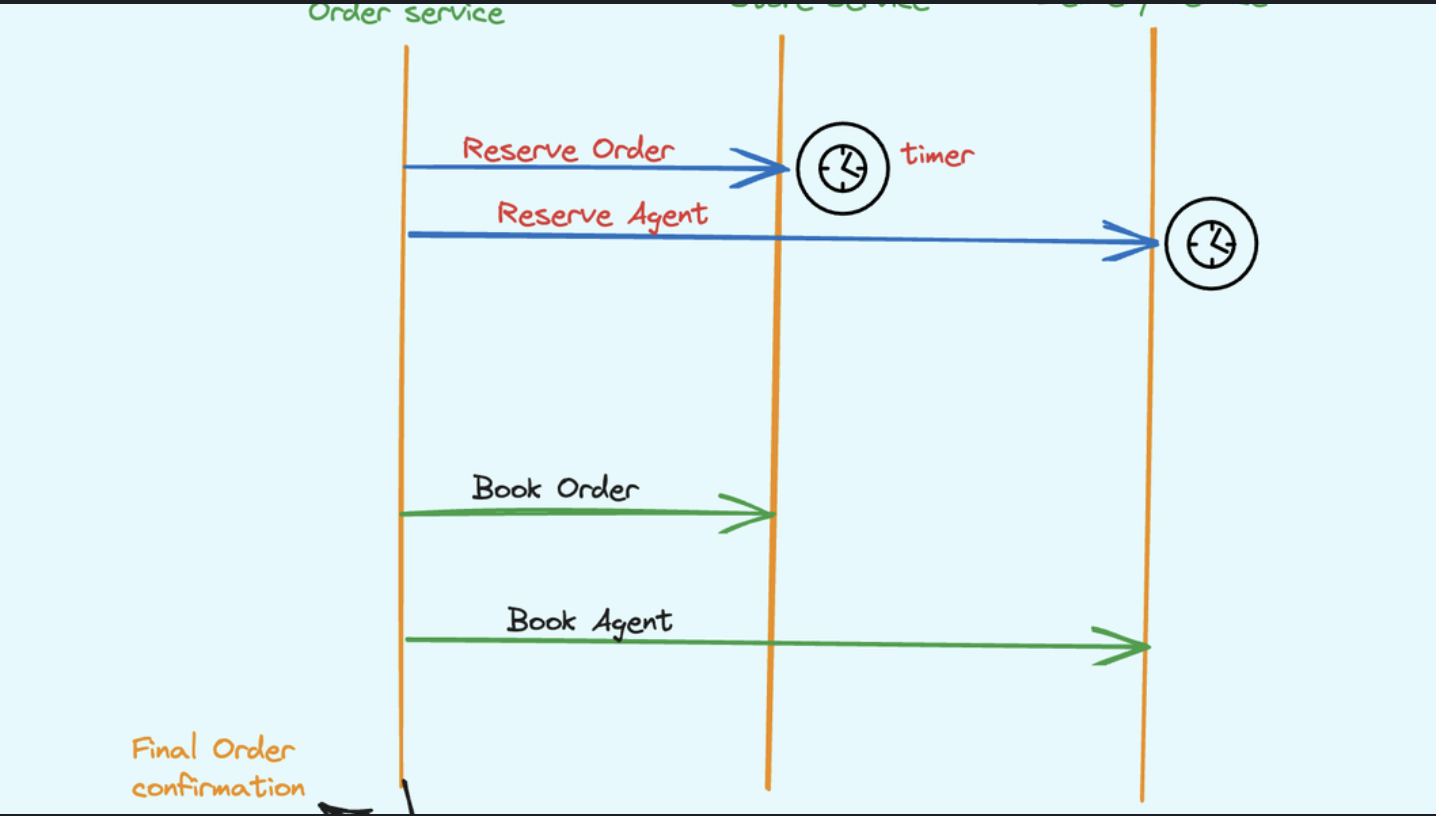A concurrent thread safe queue is a data structure that allows multiple threads to safely and efficiently add and remove items from the queue concurrently. This is in contrast to a regular queue, which is not thread safe and can lead to data corruption if multiple threads access it at the same time.
Concurrent thread safe queues are typically implemented using lock-free or wait-free algorithms. Lock-free algorithms avoid using locks altogether, while wait-free algorithms guarantee that no thread will ever be blocked while waiting to access the queue.
Concurrent thread safe queue allows multiple read and write operation at the same time, this is an ideal situation for multi threaded application.
But the major question is When to use a concurrent thread safe queue..? Concurrent thread safe queues are useful in a variety of scenarios, such as:
- Producer-consumer scenarios: In a producer-consumer scenario, one or more threads produce data and one or more threads consume data. Concurrent thread safe queues can be used to buffer the data between the producers and consumers.
- Parallel processing: Concurrent thread safe queues can be used to distribute data to multiple threads for parallel processing.
Asynchronous programming: Concurrent thread safe queues can be used to implement asynchronous programming patterns, such as the task-based asynchronous pattern (TAP).
Benefits of using a concurrent thread safe queue
There are several benefits to using a concurrent thread safe queue, including:
- Improved performance: Concurrent thread safe queues can improve the performance of multithreaded applications by allowing multiple threads to access the queue concurrently.
- Reduced contention: Concurrent thread safe queues can reduce contention for shared resources, such as memory and locks. This can lead to improved performance and scalability.
- Improved reliability: Concurrent thread safe queues can help to improve the reliability of multithreaded applications by preventing data corruption.
How to use a concurrent thread safe queue in C#
The .NET Framework includes a number of concurrent thread safe queue implementations, such as the ConcurrentQueue
To use a ConcurrentQueue
Here is an example of how to use a ConcurrentQueue
Let’s look into a sample code in C#.
// Create a concurrent queue of strings.
ConcurrentQueue<string> queue = new ConcurrentQueue<string>();
// Add some items to the queue.
queue.Enqueue("Item 1");
queue.Enqueue("Item 2");
queue.Enqueue("Item 3");
// Try to dequeue an item from the queue.
string item;
if (queue.TryDequeue(out item))
{
// Do something with the item.
}
same code into GO for fun 😉
// Create a concurrent queue of strings.
queue := sync.Pool{}
// Add some items to the queue.
queue.Put("Item 1")
queue.Put("Item 2")
queue.Put("Item 3")
// Try to dequeue an item from the queue.
item, ok := queue.Get().(string)
if ok {
// Do something with the item.
}
Last but not least: Concurrent thread safe queues are a valuable tool for developing multithreaded applications. They can help to improve performance, reduce contention, and improve reliability. If you need to share data between multiple threads in a multithreaded application, you should consider using a concurrent thread safe queue. 💡



